#027
Building a Bridge with
the Changing Society
of Indonesia
Yo Nonaka
Japanese Color: BENIHII-iro
#027
Yo Nonaka
Japanese Color: BENIHII-iro
MOVIE

Assistant Professor
Faculty of Policy Management
Muslims now make up one quarter of the world’s population, and Indonesia is the country with the largest number of Muslims. Muslims tourists in Japan have increased in recent years and it has become more common to see women wearing the veil here.
Assistant Professor Yo Nonaka researches changes in modern Southeast Asia, particularly Indonesian society, through changes in clothing worn by young Indonesian Muslims. She has developed a project to connect Japanese people with Islam and Muslim people, which are garnering attention in the tourism and business worlds.
Indonesia now ranks as the country with the fourth largest population, following China, India, and the United States. Muslims make up roughly 90% (220 million) of its population, making it the country with the world’s largest number of Muslims.
For many years Indonesia was ruled under an authoritarian political system. However, democratization occurred following the resignation of President Suharto in 1998, and the country’s economic growth is still progressing. If we look through the histories of Japan and Europe, we can see a trend of weakening religion in societies that move from authoritarianism to democracy. But in modern Indonesia, Islam is largely present in many different aspects of society, and the number of people who devoutly believe and practice the religion is increasing to higher numbers than before. As the background for this phenomenon, it can be considered that although the people of Indonesia, who had been granted freedom of speech and conduct through democratization, welcomed democracy and economic growth, there was a movement to re-explore their long-held identity and faith.
My interest in this movement began around 2003. I researched and verified diverse examples of how Indonesian Muslim women accepted, believed in, and practiced Islam in their modern lifestyles. In particular, I am focusing on the veil, one aspect of the religious dress of Muslim women. I am researching how Muslim women who received modern education began wearing the veil and how they dress in light of changes in society.
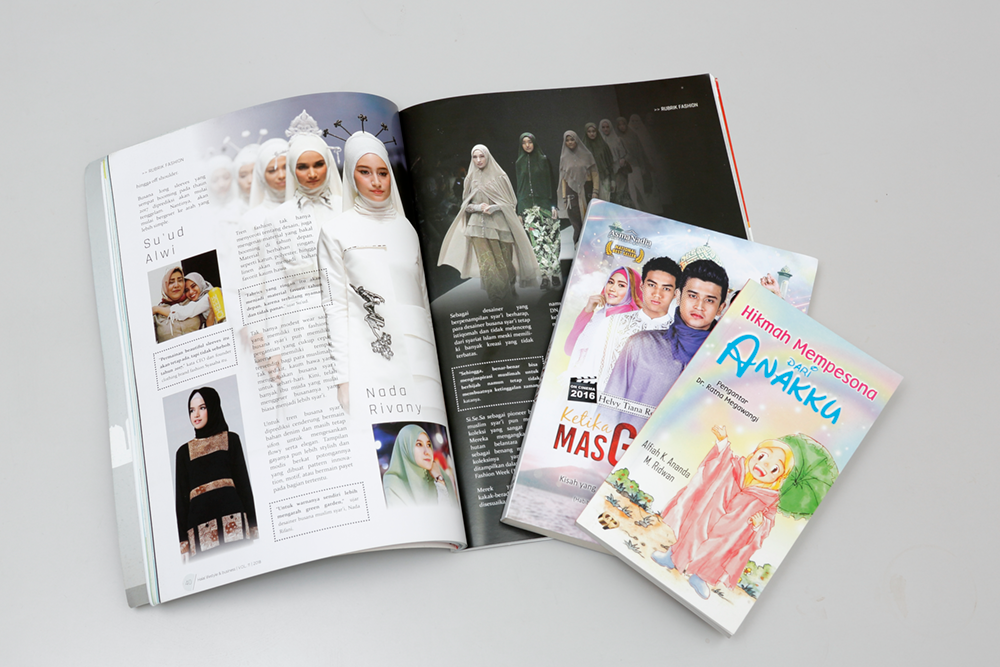
Based on the Quran, the Islamic religious text, Muslim women wear a veil and clothing that conceals the body. However, until 30 years ago, it was rare to see a veiled woman in the streets of Indonesia. The Quran was originally written in Arabic. It only became common to read it in Indonesian once educational standards and publishing techniques had increased in the 1980s. Young people who read the translated Quran and studied Islam increased, and amongst them, women began to appear who wore the veil.
Following Indonesia’s democratization, the movement to wear the veil began to accelerate, pulling in more and more progressive young women who lived in urban areas and had received a modern education. Despite this, when I started my research around 2003, the number of women who wore the veil was still overwhelmingly small, and it was still a big decision to begin wearing it.
In Indonesia today, the majority of women now wear the veil, and in recent years it has become increasingly fashionable. Many fashionable ways to wear the veil are posted to social media and video websites, and increasing numbers of young women now make outfits out of scarves and clothing bought from regular fast fashion stores as Muslim Fashion. A possible interpretation could be that there was increased freedom of clothing choices to a certain extent following democratization, and with the background of Indonesia’s unique societal changes, Muslim women have matched their belief and practice of Islam with their modern fashion sense.
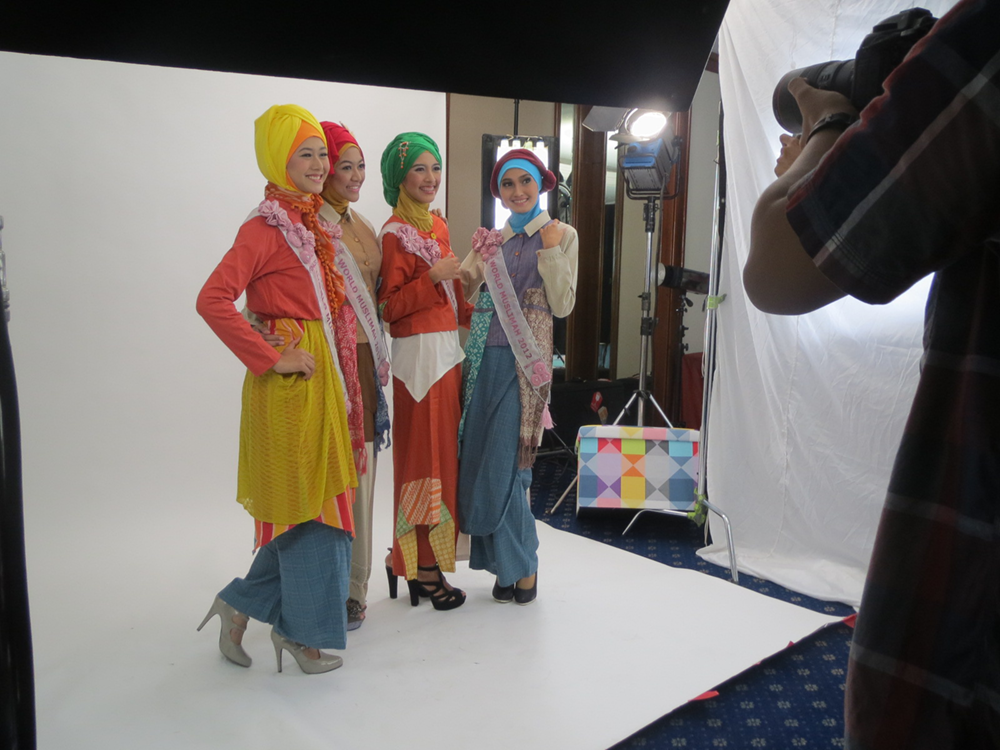
Although there is a strong impression that Muslim clothing has more subdued chic colors, in Indonesia clothing with highly colorful designs is continuously appearing. Centering on the young generation, magazines and fashion shows for Muslim fashion are popular. Recently, Muslim fashion emulating Japanese kimono style is garnering attention. “Because Japanese kimono conceal the skin and bodyline, they have a high affinity with Muslim fashion.” (Assistant Professor Nonaka)
My interest in Indonesia was sparked by the opportunity to study in Makassar, Indonesia for one year starting from the summer of my second year of high school. I felt like Indonesia was my second hometown, and studied at Keio University’s Faculty of Policy Management. When I entered the workforce I worked in the media , visited Indonesia once every two years.
Indonesia was going through the transition to democratization during that period, and I could see dramatic changes happening in society. Simultaneously, I could also sense large changes with my Muslim friends. Every time I visited Indonesia, I found that more of my friends had begun to wear the veil. They began because they wanted to, not because someone had forced them, and they were happy with their decision. The question of how to understand the parallel modernization and increased religious expression advancing in Indonesia was one of the entrances to my research path.
However, at the same time, the September 11 terrorist attacks occurred in the United States, and extremely negative information on Islam began to proliferate in Japan. Without truly understanding Islam, classifying Muslim people as terrorists began to spread like a disease, and many people began to think that those who wore the veil were “scary.”
There was a positive atmosphere in Indonesian society, where my friends deeply studied Islam and wore the veil with bright smiles on their faces, By contrast, in Japan exclusion occurred over just the veil due to misinformed reactions. I sensed the enormous gap between the two countries, and started my research in the hope of playing a role in bringing both sides together.
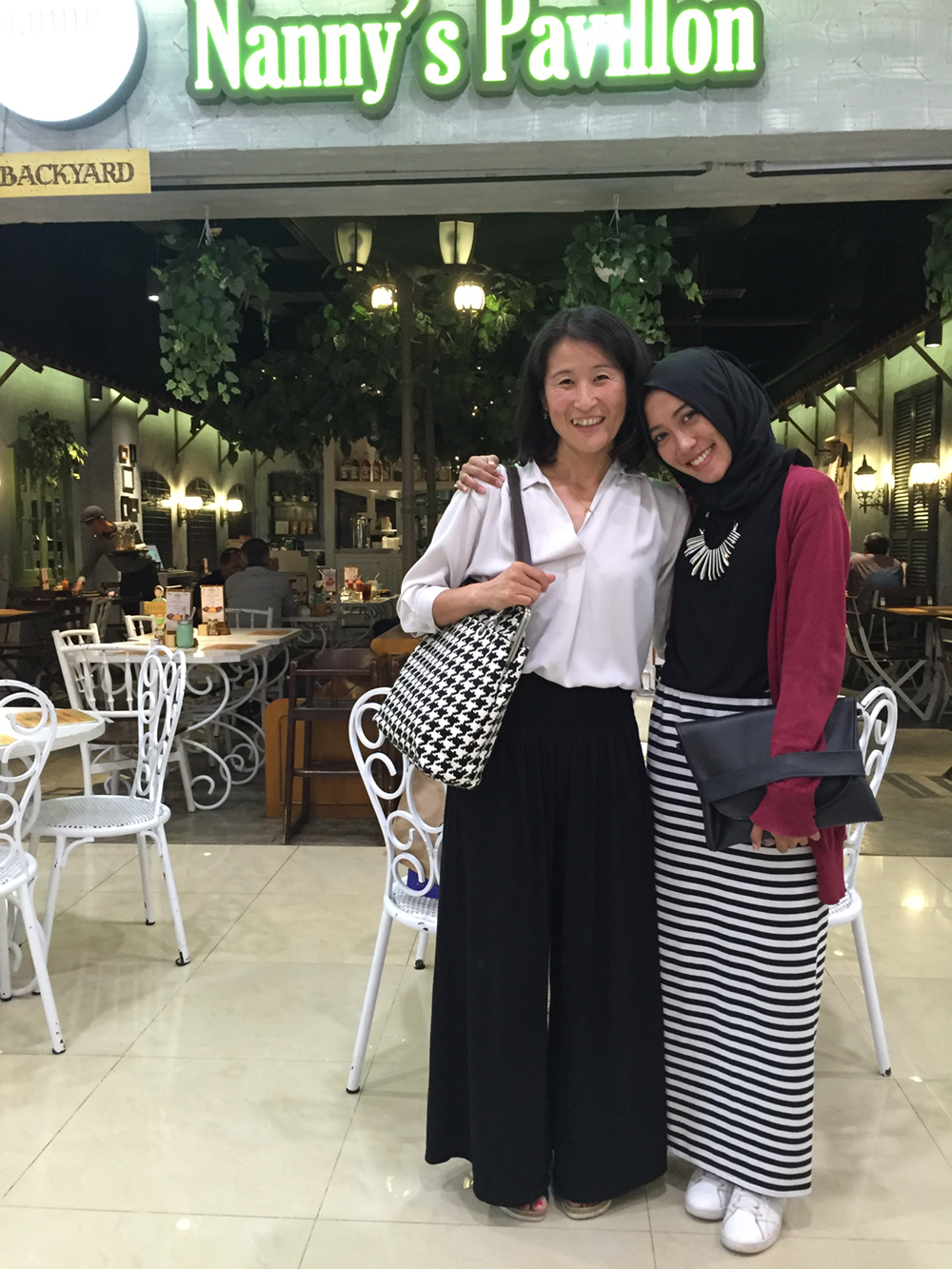
At the university, I lead students in the Laboratory of Islamic Studies and the Muslim Symbiosis Project, a department research society. While doing this, I am interested in and research acceptance of Muslim people in Japan, and conflicts experienced by Muslims living in Japan.
The Muslim Symbiosis Project, which is mainly made up of undergraduates, develops and creates content for the Halal Guide Tokyo app, transmits information on the Welcome Muslim Friends Facebook page, and creates and updates MUSLI-MAP, a guidebook for Muslim tourists. The Laboratory of Islamic Studies manages the creation of guidebooks and workshops for Japanese companies on service for Muslim tourists in cooperation with Kanagawa Prefecture.
Accompanying the rise in Muslim tourists to Japan in recent years, interest has been growing in Halal certification and acquiring a “Halal mark” label. However, acquiring certification is difficult for independent restaurants and small food companies, and we can see a trend of negativity toward Muslim-oriented service.
What many Muslims are seeking is “information disclosure on raw ingredients.” Japanese omotenashi hospitality is possible even without a “Halal mark” by labeling raw ingredients in English and providing explanations when necessary. Information is being published continuously on Welcome Muslim Friends by first showing things that Muslims deem safe in familiar areas, and researching with students the raw ingredients of foods sold by co-op stores on campus and food trucks.
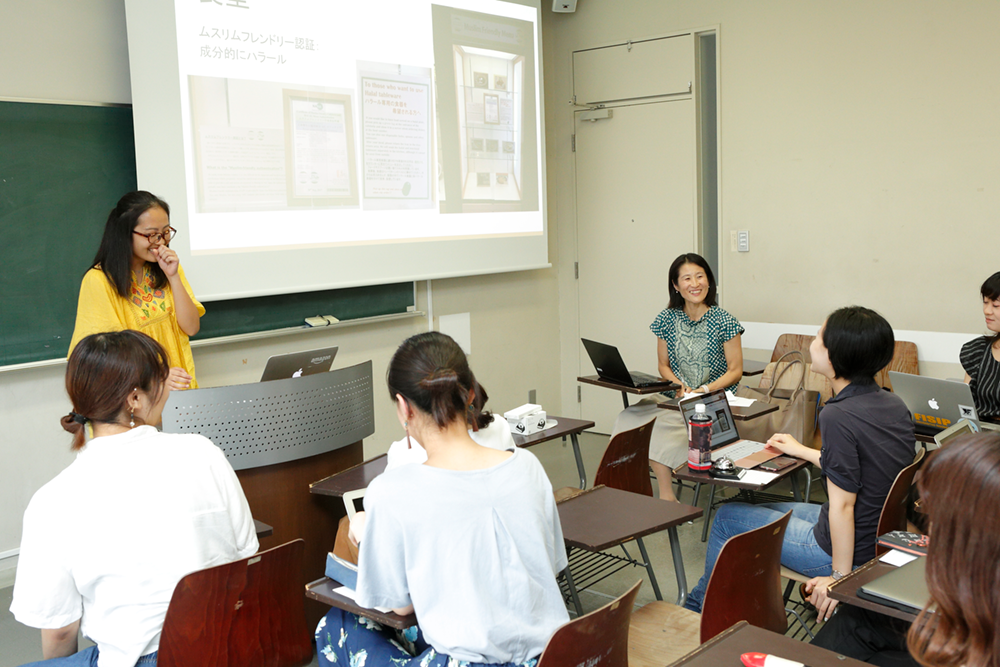
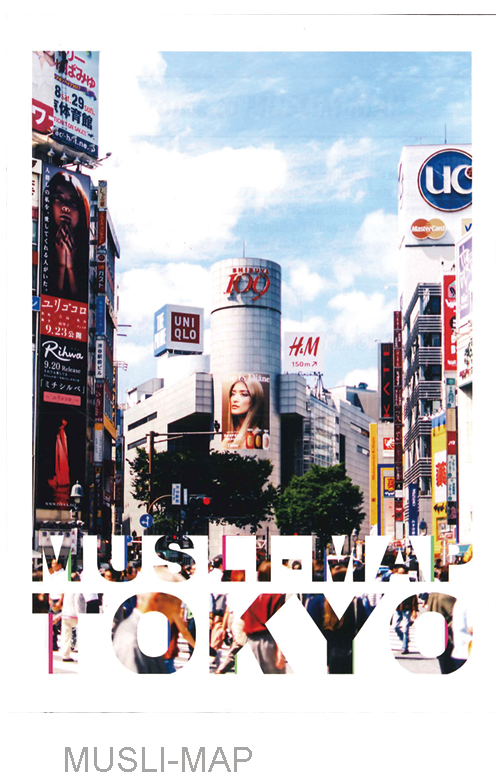
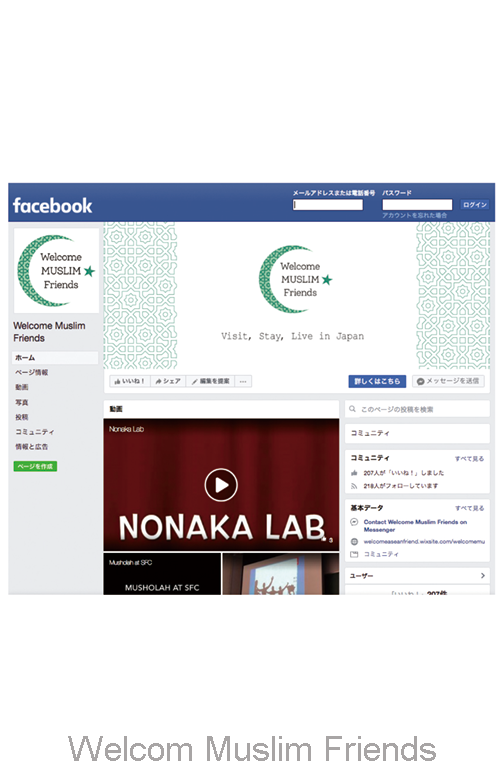

The app and the tourism guidebook created through the Muslim Symbiosis Project. Currently, students conduct fieldwork, look for restaurants with Halal food, and plan rich content for the app. They also distribute the guidebook at areas, restaurants, and shops visited by tourists, developing initiatives that truly help Muslim tourists and Muslims living in Japan.
With the upcoming 2020 Tokyo Olympic and Paralympic Games, inbound tourists from the Muslim world are expected to rapidly increase. At the same time, many companies are drawn to businesses in the Muslim world where there are growing markets, creating positive feelings toward Islam and Muslims.
As understanding of Islam gradually increases, and their customs related to eating and drinking and worship become known, conversely some businesses say that the hurdles for providing service to Muslims are high. Although Islam’s teachings have flexibility toward permitting not adhering to all regular lifestyle customs while traveling, currently understanding of this has not advanced to a certain extent. Also, Muslims visiting Japan find it difficult to find necessary information and services, and there is a need for improved quality and quantity of information provision.
Muslims already make up one in four people in the world’s population, and in 10 years it is said that we will reach an age in which one in three people are Muslim. Deepening understanding of Islam is essential in our globalizing world. Although the approach is evolving toward Islam and Muslims in Japan from the standpoint of tourism and business, it is important that understanding is not limited seeking economic profit, but rather must have a wider outlook and consider what is necessary to create a better world. I would like for my research and expertise to play a role in deepening mutual understanding, overcoming differences in others, and living in harmony.
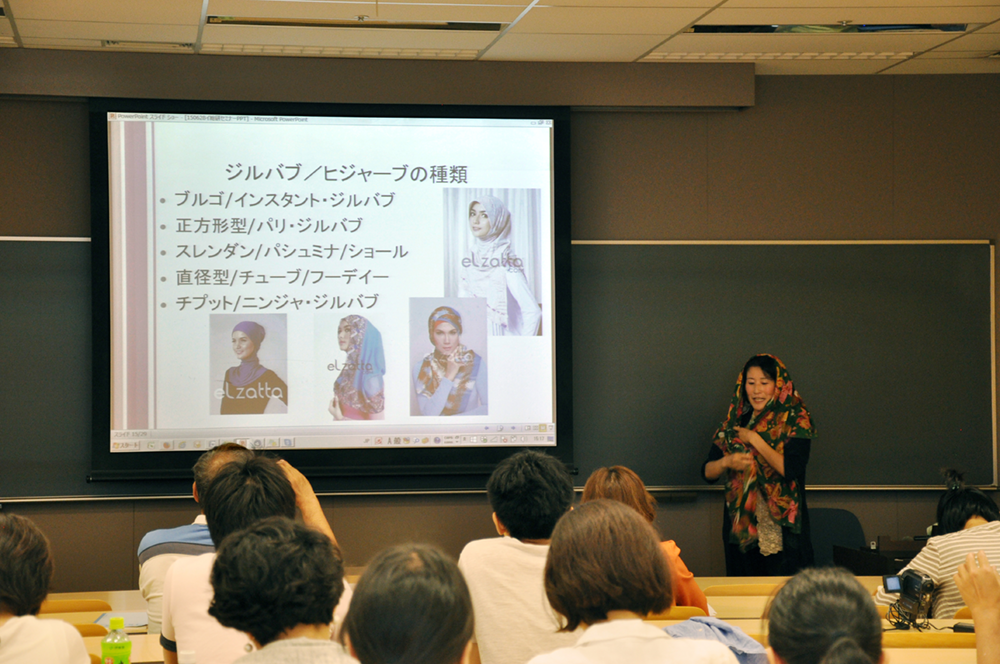
Seizing the opportunity presented by increasing societal interest in Islam to deepen understanding of Muslims, Assistant Professor Nonaka pours her energy into activities that include serving as lecturer at various seminars. In addition to fashion, one of her research themes, her lecture content covers many topics such as the lifestyle customs of Ramadan and Halal that require much from municipalities and businesses that serve Muslim tourists.
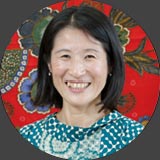
Yo Nonaka
Assistant Professor, Faculty of Policy Management, Keio University. Graduated from the same Faculty. Completed the doctoral program at the Graduate School of Media and Governance, Keio University. Serves as Director of the Japan Muslim Fashion Association and devotes herself to activities broadening understanding of Muslims. Ph.D. (Media and Governance). Specializes in research on modern Southeast Asia (Indonesia).

2018.Oct ISSUE